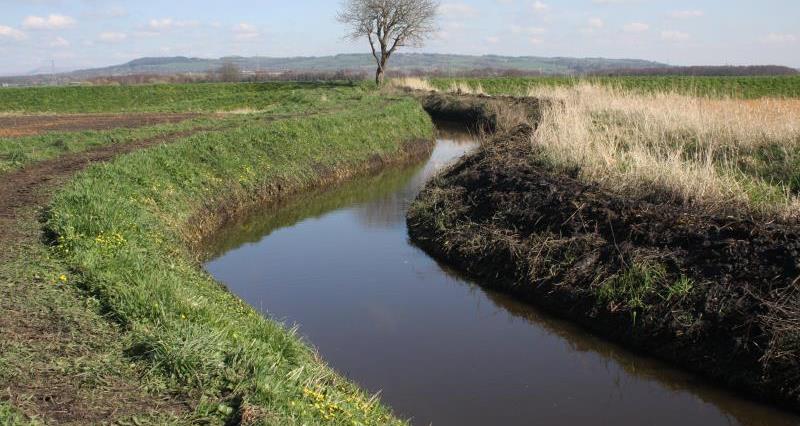TACKLING RURAL DIFFUSE POLLUTION IN NORTH EAST ENGLAND.
What is diffuse pollution?
Diffuse pollution from agriculture and land management is one of the important reasons why some of our rivers, streams and lakes in the North East need to be improved to benefit both wildlife and protect drinking water.
Fertiliser, slurry / farmyard manure, soil and pesticides all have the potential to be washed off fields into ditches and ultimately into our rivers and coastal waters. Dirty water from farm yards as well as from slurry, manure and silage stores are other potential sources of diffuse pollution. Fertiliser and pesticides can also percolate down through the soil profile into ground water. Bacteria (e.g. ecoli, and cryptosporidium) from livestock can cause problems for bathing waters and drinking water supplies.
By managing their fertiliser, soil and livestocks access to watercourses, farmers can make an important contribution to reducing the impact diffuse pollution has on the wildlife that lives in our rivers and coastal areas. Many of the actions farmers can take also deliver real cost savings.
For more details on how to manage water more effectively go to water management: key actions for farmers
For more details on how to manage your soil more effectively go to Think soils
Understanding what is going on in the area you farm in
Where a water body is failing due to diffuse rural pollution you can find out from the Environment Agency’s online Catchment Data Explorer (CDE). This is a web application to help explore and obtain detailed information about local catchments and individual bodies of water.
Access Catchment Data Explorer at http://environment.data.gov.uk/catchment-planning/
The particular substances that are having the impact on wildlife are called “pressures”, the main pressures associated with agriculture are:
- Ammonia (from fertiliser and slurry)
- Nitrate (measured in estuaries and coastal waters)
- Phosphate from fertiliser, slurry and manures
- Sediment that is washed off fields
- Various pesticides e.g. metaldhyde
The main farming activities and actions that can be taken to reduce the impact of these pressures and some of the benefits for the farm business are summarised in the following table:
| ACTIVITY | ACTIONS | BENEFITS |
| Farm infrastructure |
|
|
Bank poaching – sheep. Bank poaching cattle/beef. |
|
|
Dairy / beef field. Arable field Sheep field |
|
|
Catchment partnerships and the catchment based approach
Taking a catchment based approach helps to bridge the gap between strategic management planning at river basin district level and activity at the local water body scale. The catchment based approach aims to encourage groups to work together more effectively to deal with environmental problems locally.
Catchment partnerships are groups of organisations with an interest in improving the environment in their local area and are led by a catchment host organisation. They inform the river basin management planning process and help implement measures by:
- Providing local evidence
- Targeting and coordinating action
- Identifying and accessing funding for improvements in the catchment
- Incorporating river basin management planning into the wider environmental management of the catchment
To contact your local Catchment Partnership visit the CaBA website https://www.catchmentbasedapproach.org/catchment or email info@catchmentbasedapproach.org
Other initiatives
The Catchment Sensitive Farming (CSF) partnership works with farmers to tackle diffuse pollution through voluntary action. CSF offers free training, advice and support for grant applications to farmers in high priority areas across England to improve air and water quality, often with benefits to the farm business.
Free information and tools on nutrient management area is available via Tried & Tested.
